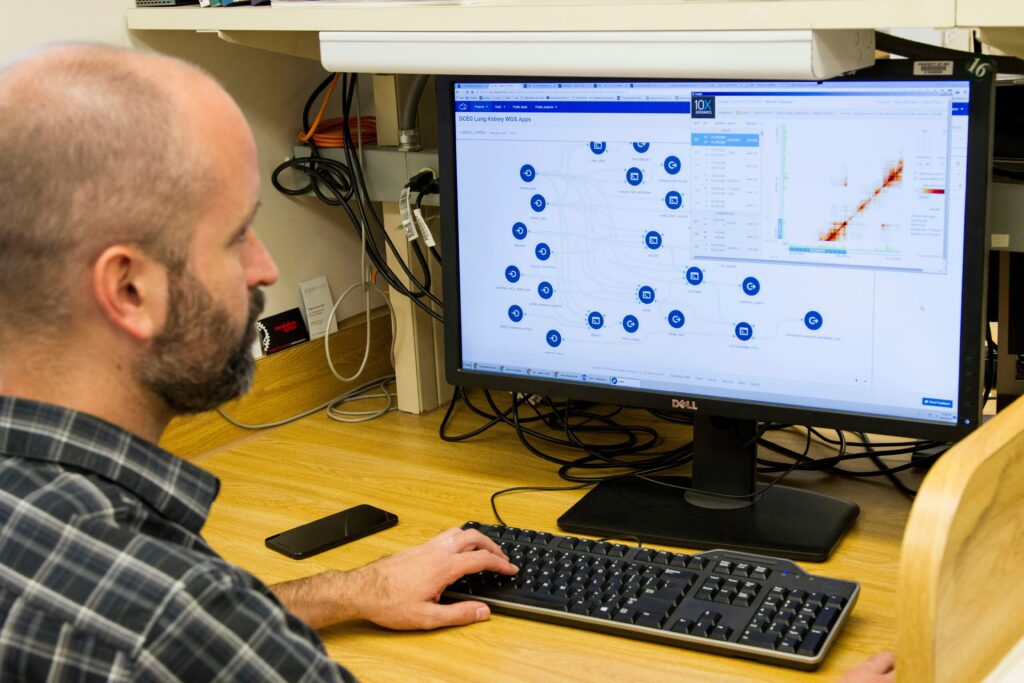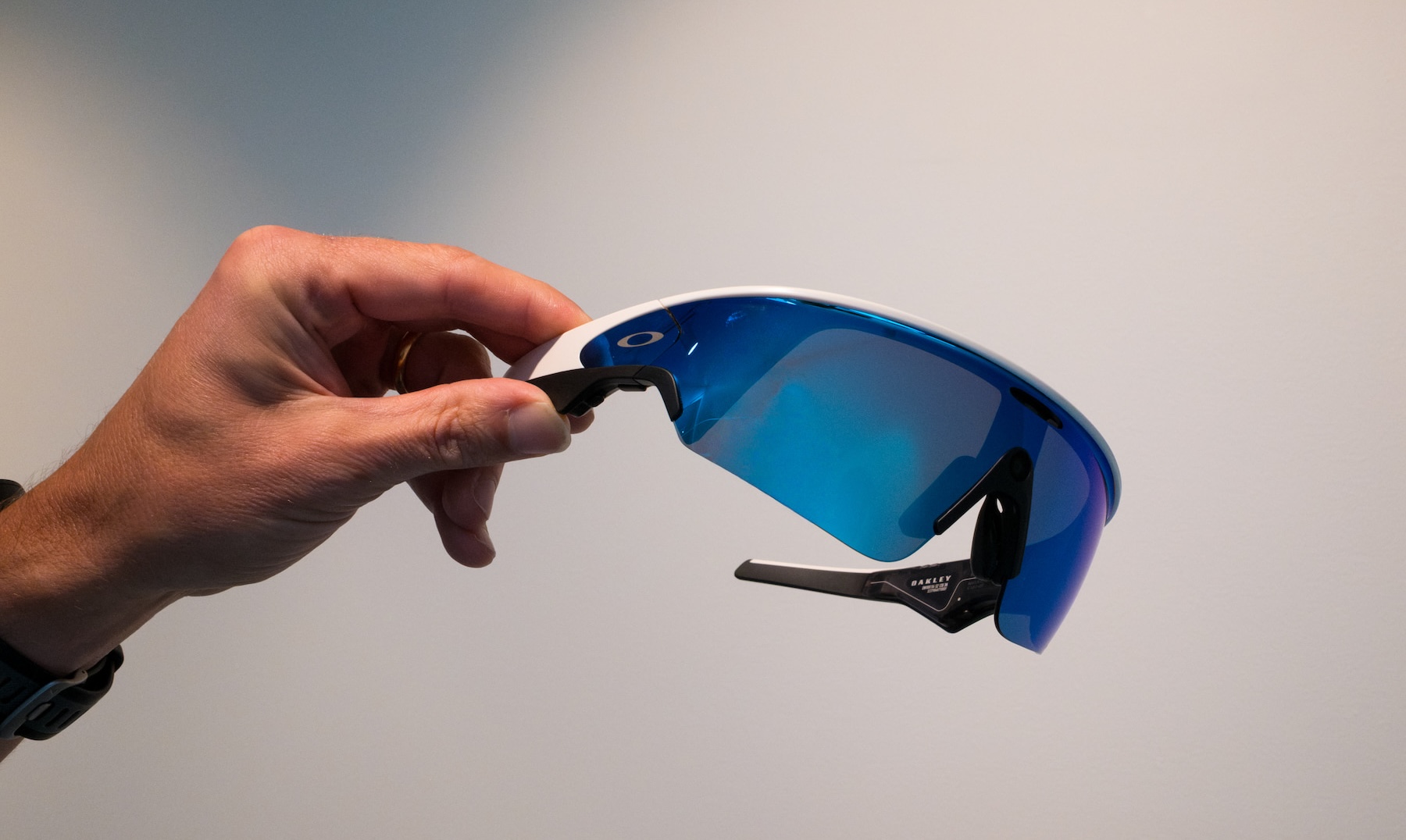
Irvine, Calif., June 26, 2025 – A groundbreaking study by a team led by the University of California, Irvine has revealed the intricate structures within squid skin cells that allow these marine creatures to change their appearance from transparent to vibrant colors. This discovery not only enhances our understanding of squid biology but also inspires new materials with potential technological applications.
The research team, which included experts from the Marine Biological Laboratory at Woods Hole, Massachusetts, focused on the squid’s mantle tissues. They discovered that the color-changing ability is due to specialized cells called iridophores or iridocytes. These cells contain stacked, winding columns of a protein known as reflectin, which function as Bragg reflectors to selectively transmit and reflect light at specific wavelengths.
Innovative Research and Techniques
In a paper published in the journal Science, the researchers detailed their use of advanced microscopy techniques to study the squid cells. They employed holotomography, a method combining low-intensity light with quantitative phase imaging, to create three-dimensional images of the cells. This approach allowed them to map the refractive index of the tissue, revealing the structural and biochemical features of the iridophores.
“Holotomography used the high refractive index of reflectin proteins to reveal the presence of sinusoidal refractive index distributions within squid iridophore cells,” explained co-lead author Georgii Bogdanov, a UC Irvine postdoctoral researcher.
These findings inspired the team to develop a multispectral composite material with adjustable visible and infrared properties, taking cues from the squid’s natural capabilities. The material’s potential applications range from adaptive camouflage to advanced sensors.
Biological Inspiration and Technological Innovation
Co-author Alon Gorodetsky, UC Irvine associate professor of chemical and biomolecular engineering, emphasized the significance of the squid’s rapid and reversible color changes. “A squid’s ability to transition from transparent to colored is remarkable,” he said. “We found that specialized subcellular structures enable these feats.”
Gorodetsky’s team collaborated with Roger Hanlon, a senior scientist at the Marine Biological Laboratory, who provided access to the longfin inshore squids native to the Atlantic Ocean. The laboratory’s expertise in cephalopod biology was instrumental in the research.
The team also included Aleksandra Strzelecka, a Ph.D. candidate, who highlighted the dynamic nature of the bioinspired materials. “These materials can dynamically adjust their appearances in response to environmental or mechanical stimuli,” she noted. “Their scalability opens doors to numerous applications.”
Potential Applications and Future Directions
The implications of this research extend beyond biology, with potential applications in various optical technologies. Gorodetsky suggested that insights from squid skin could enhance lasers, fiber optics, photovoltaics, and sensors.
“This study is an exciting demonstration of the power of coupling basic and applied research,” Gorodetsky stated. “We are just beginning to explore the possibilities of cephalopod-inspired tunable optical materials.”
The research was supported by the Defense Advanced Research Projects Agency and the Air Force Office of Scientific Research. Other contributors included Sanghoon Lee, a postdoctoral scholar, and Nikhil Kaimal, a Ph.D. candidate, both from UC Irvine, as well as Stephen Senft, a research associate at the Marine Biological Laboratory.
About UC Irvine
Founded in 1965, the University of California, Irvine is a member of the prestigious Association of American Universities and ranks among the nation’s top public universities. Known for its academic excellence and research innovation, UC Irvine has produced five Nobel laureates. The campus, located in Orange County, is one of the region’s largest employers, contributing significantly to the local and state economy.
For more information, visit www.uci.edu. Media outlets can access UC Irvine’s on-campus studio for interviews with faculty and experts. Additional resources for journalists are available at news.uci.edu/media-resources.







